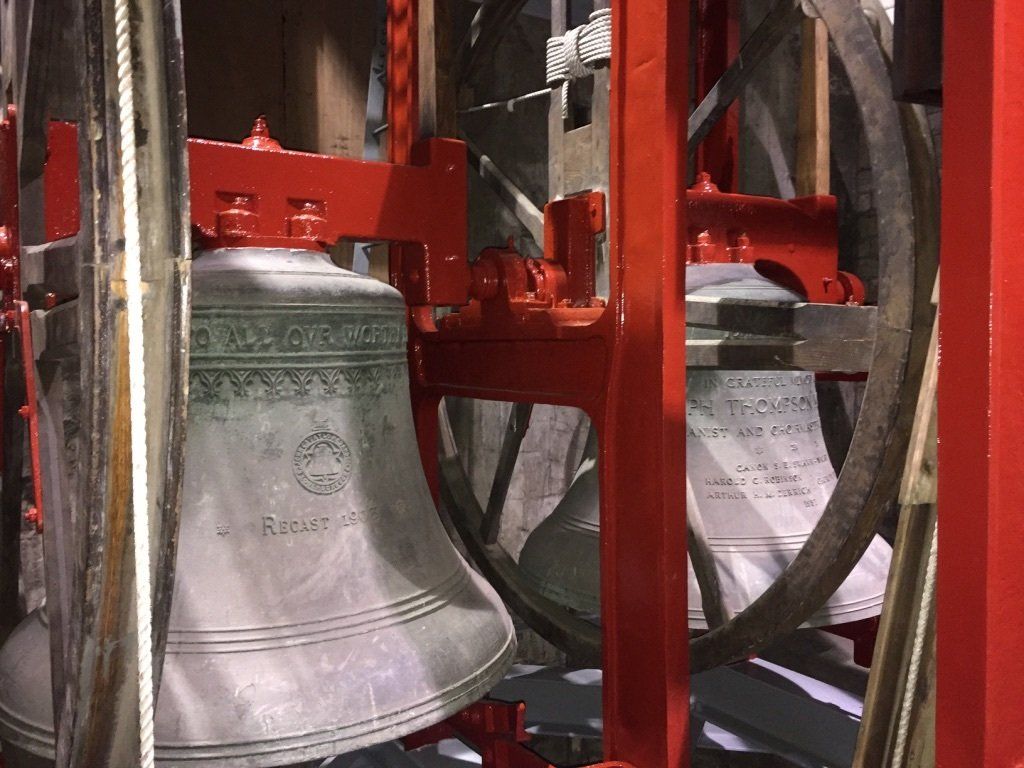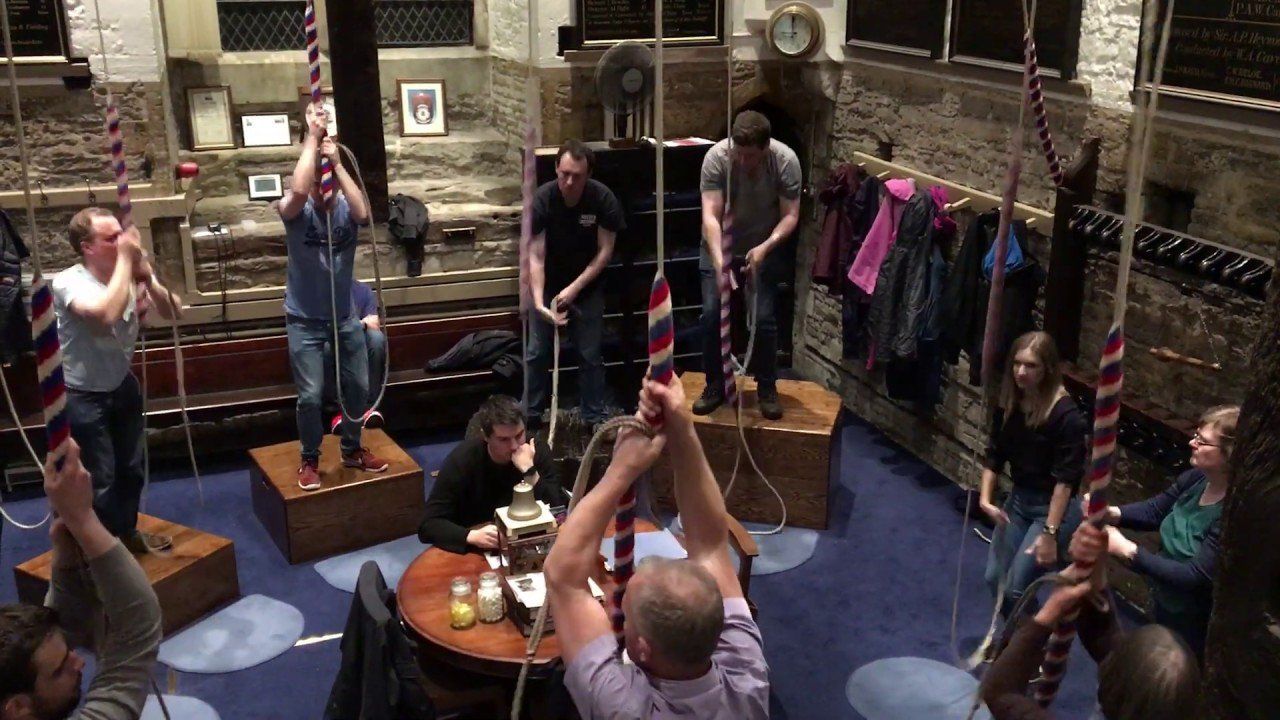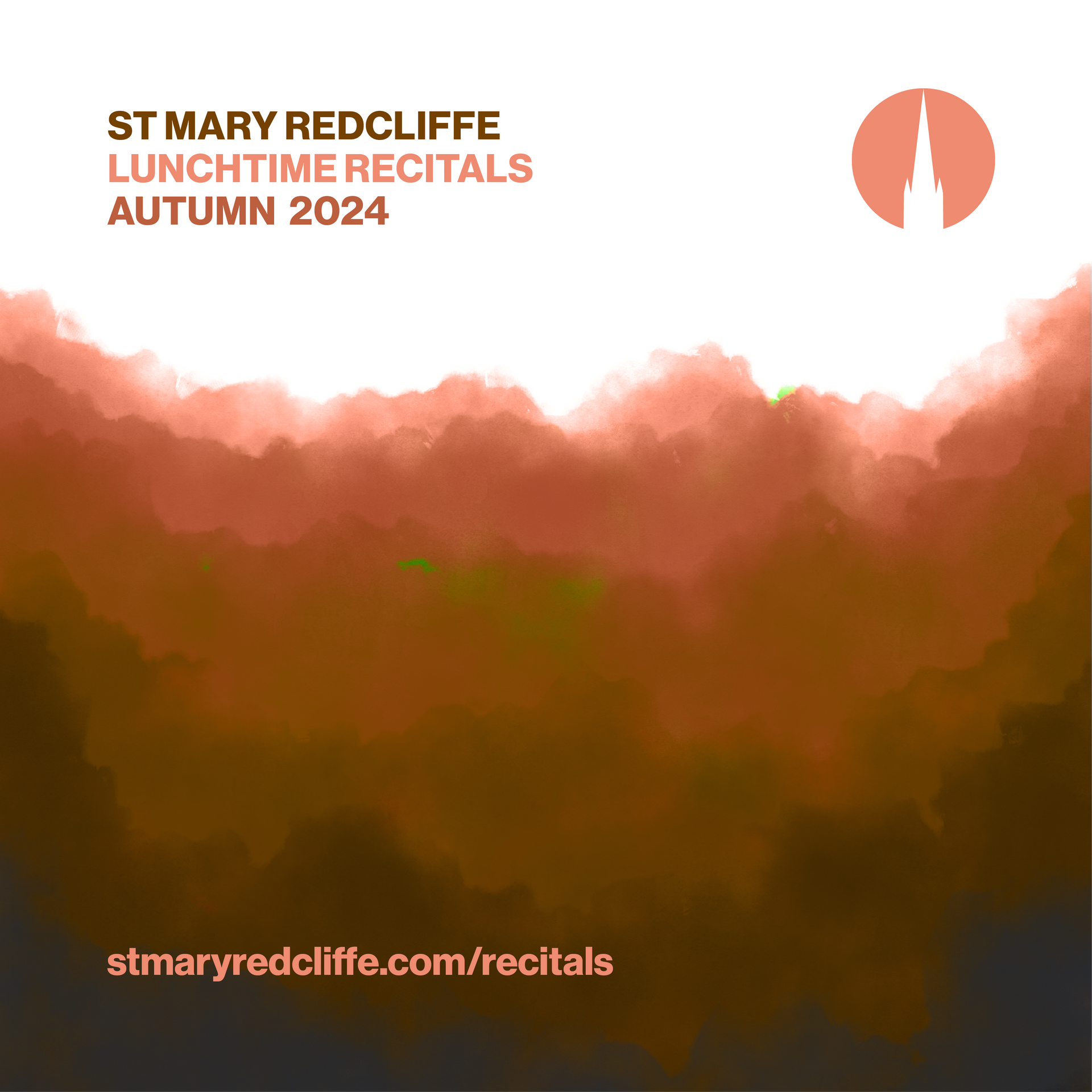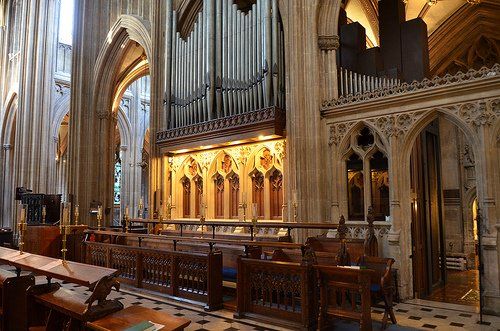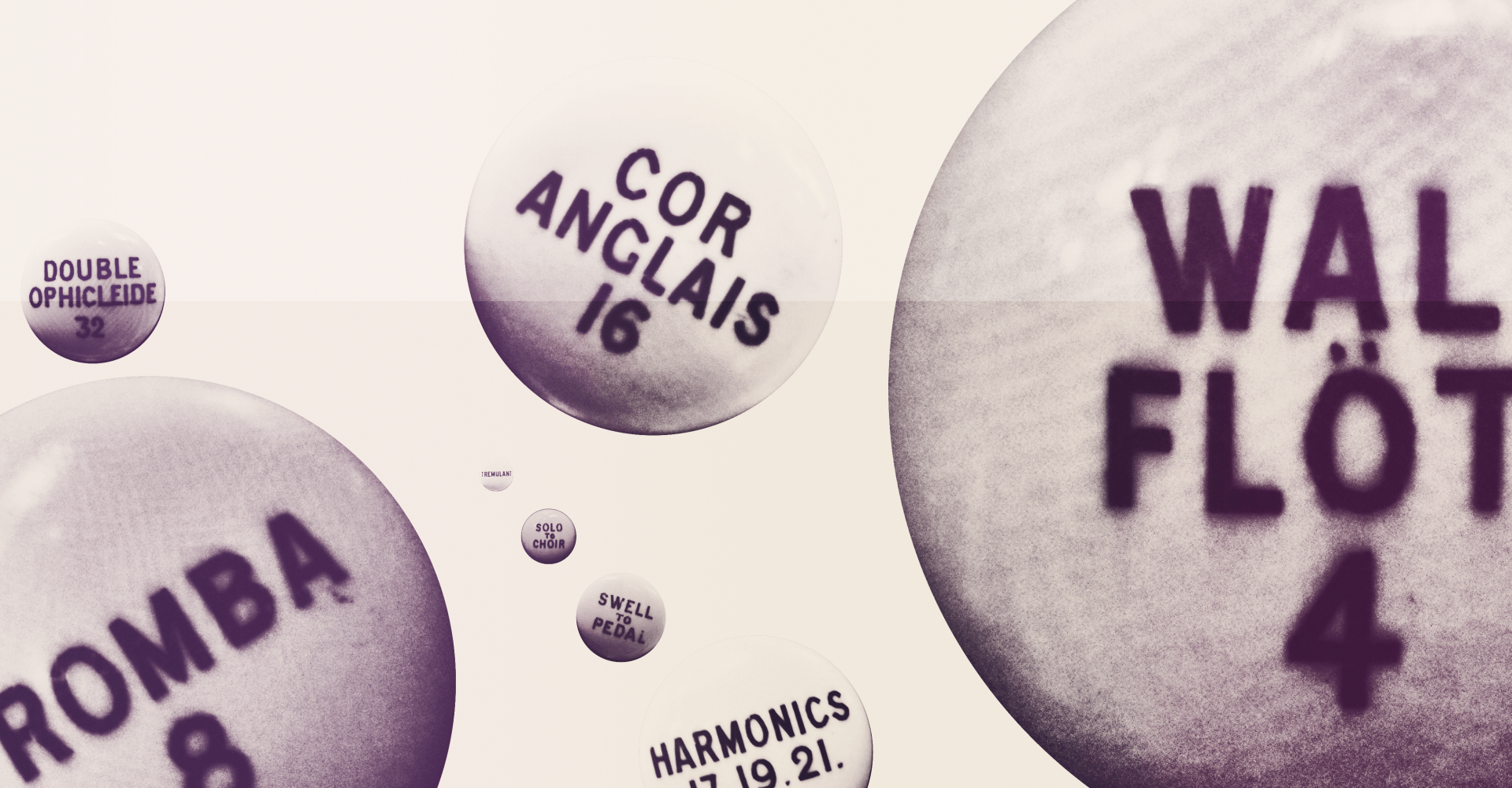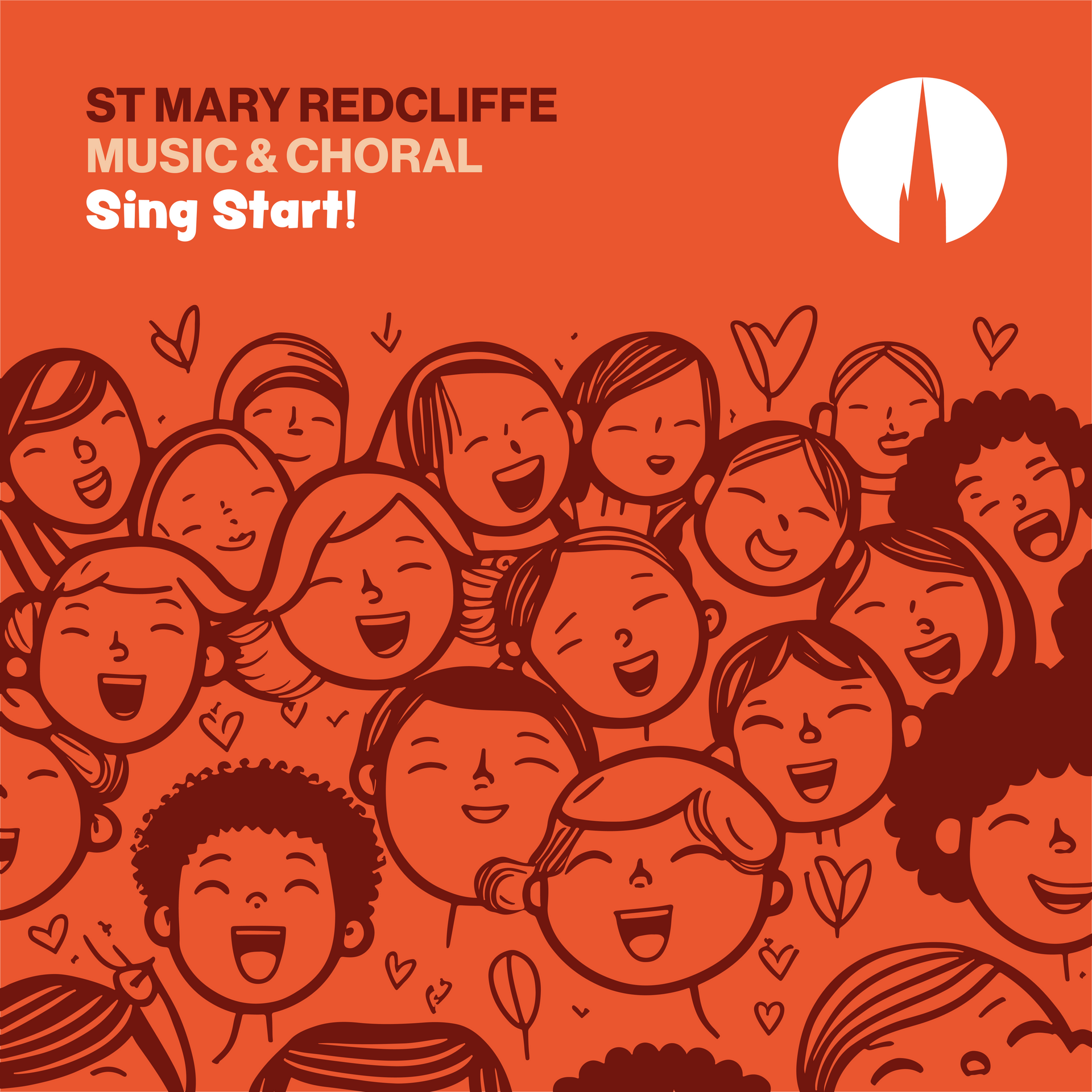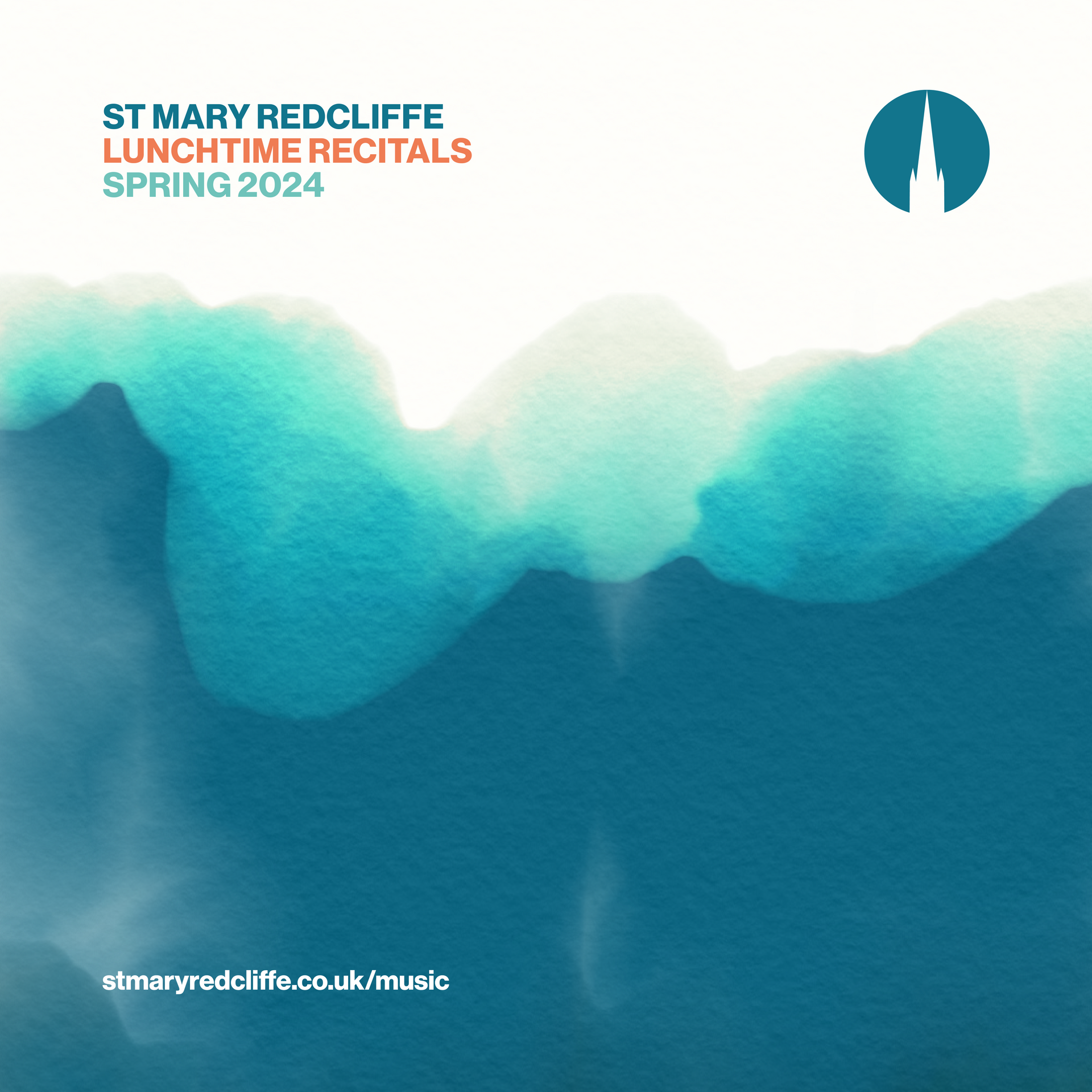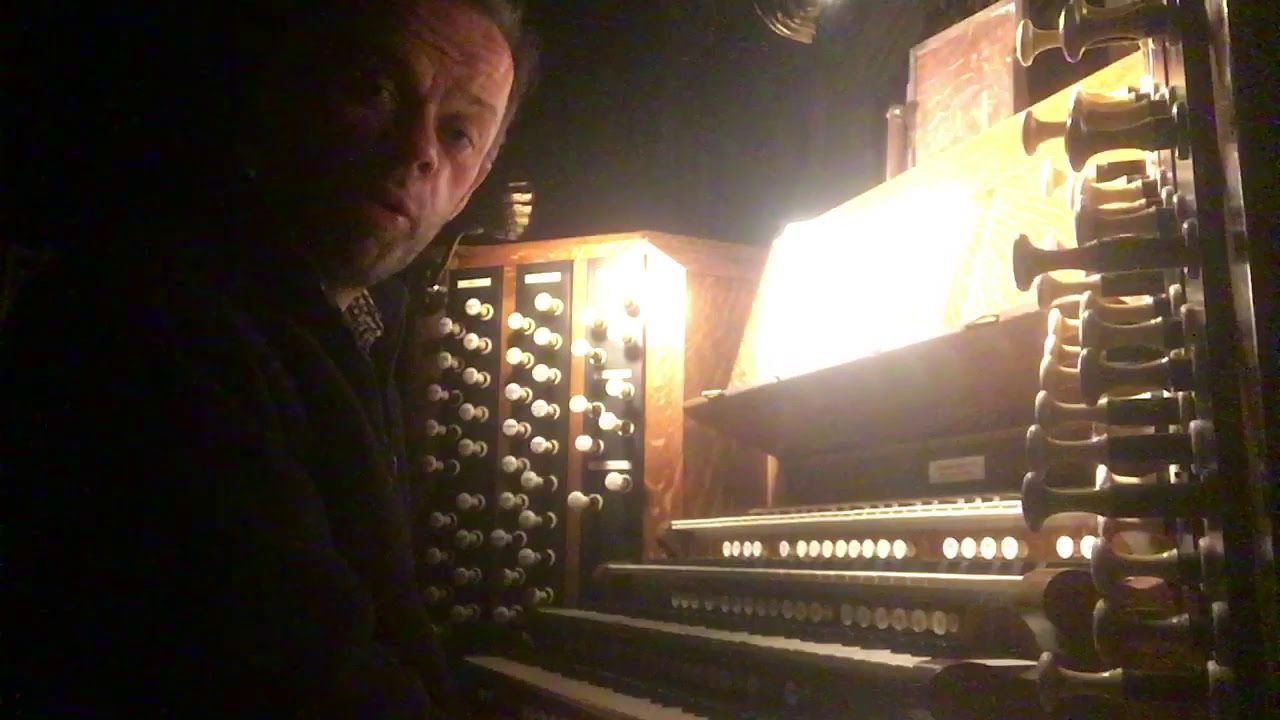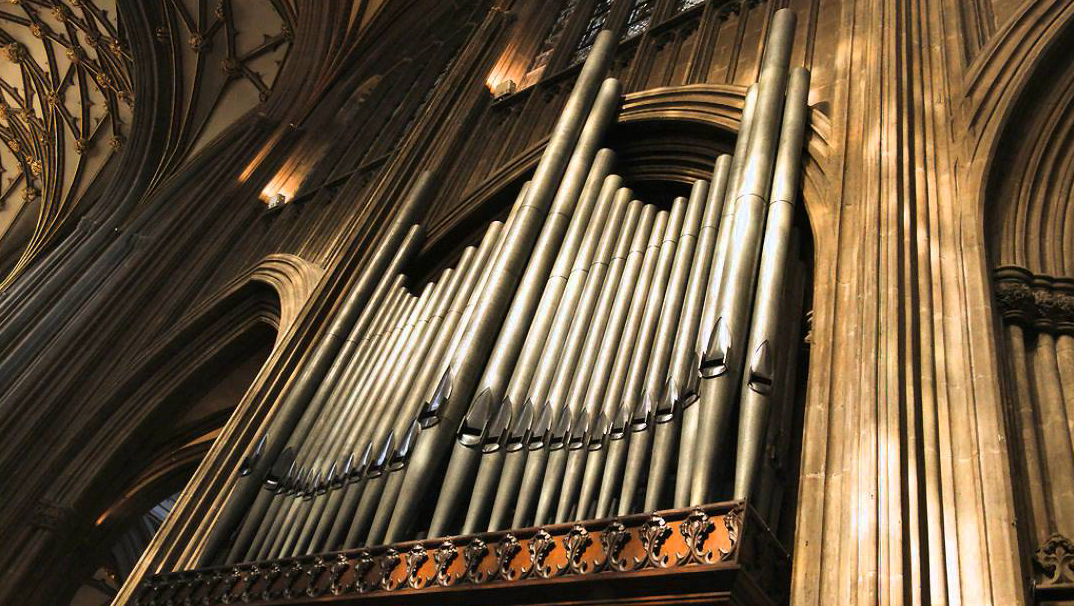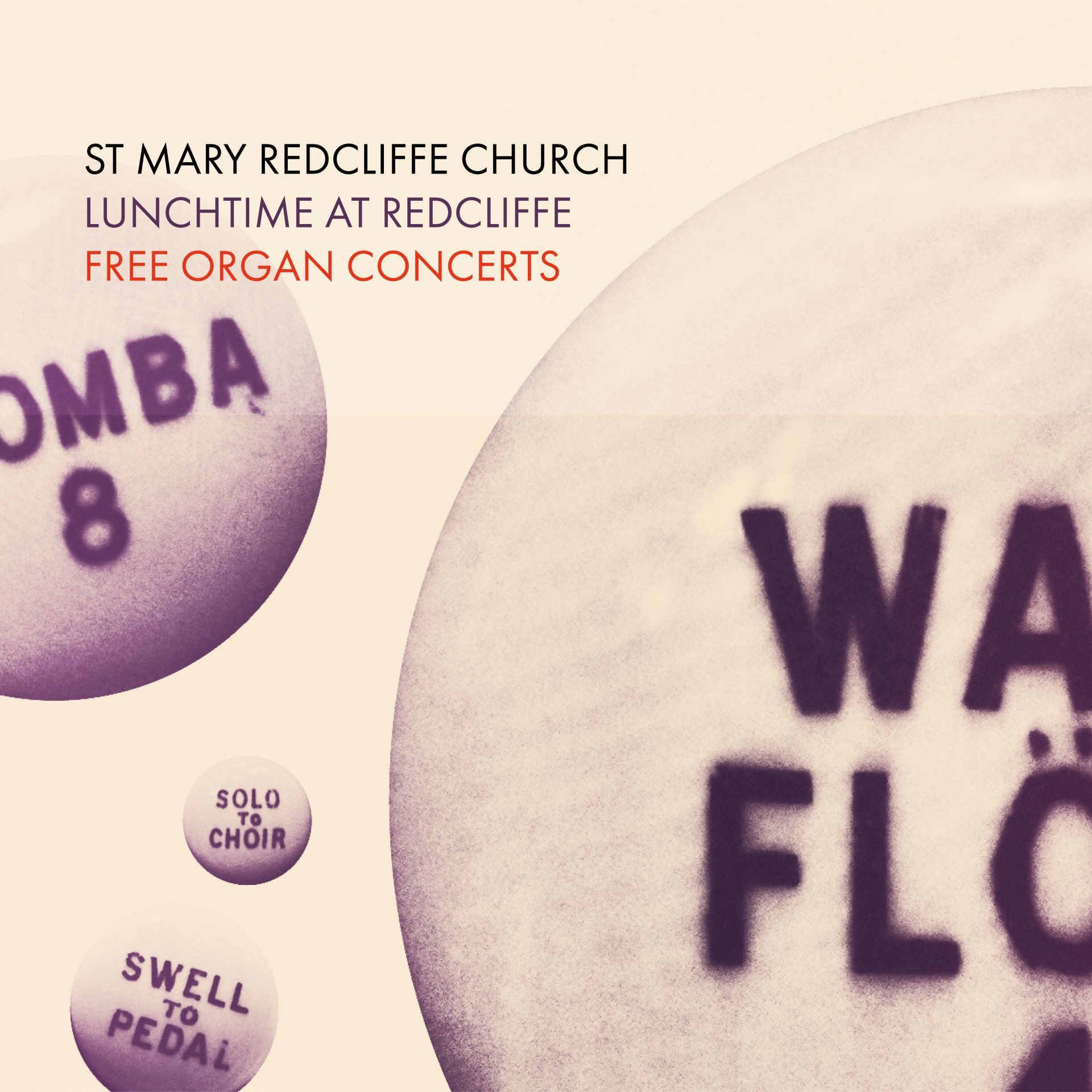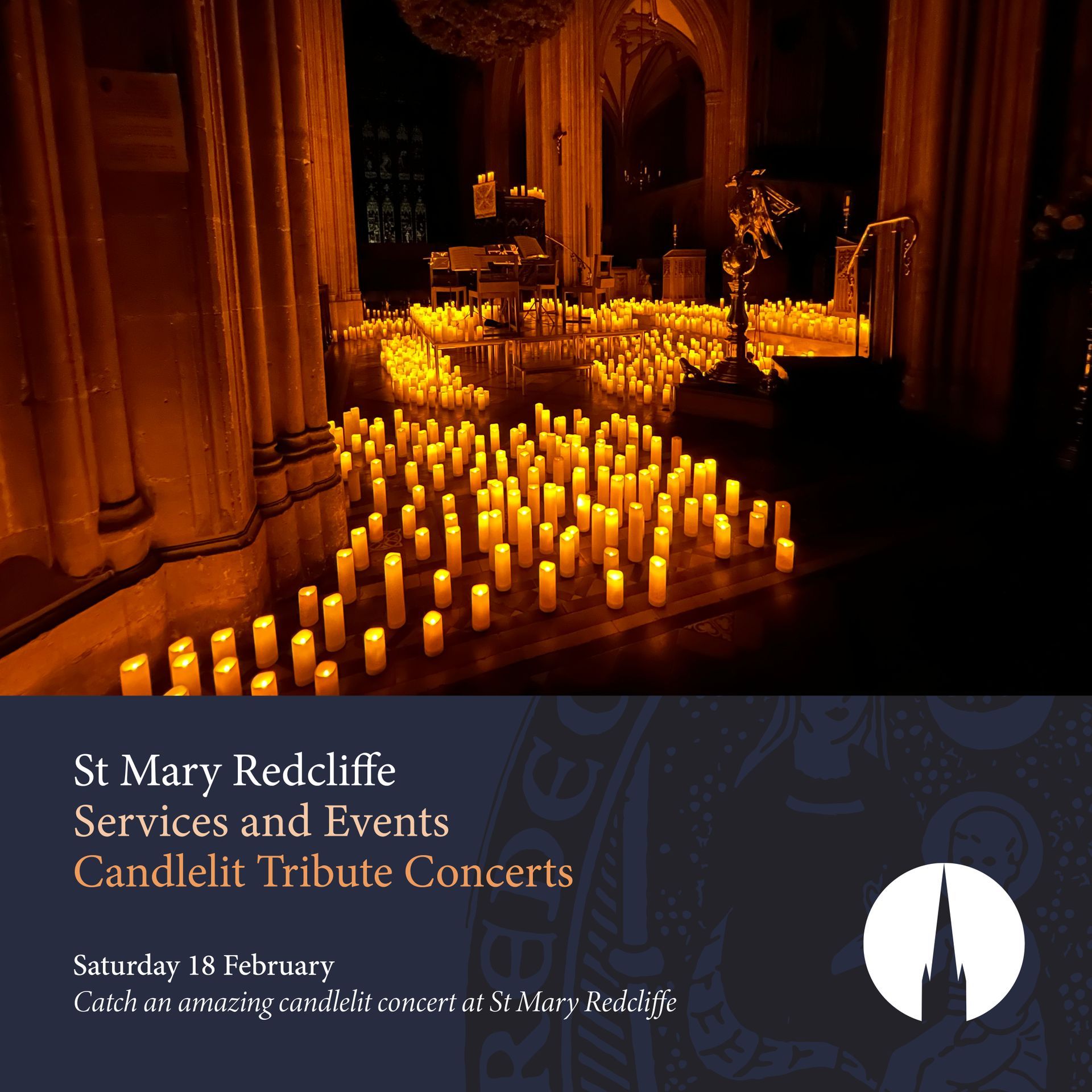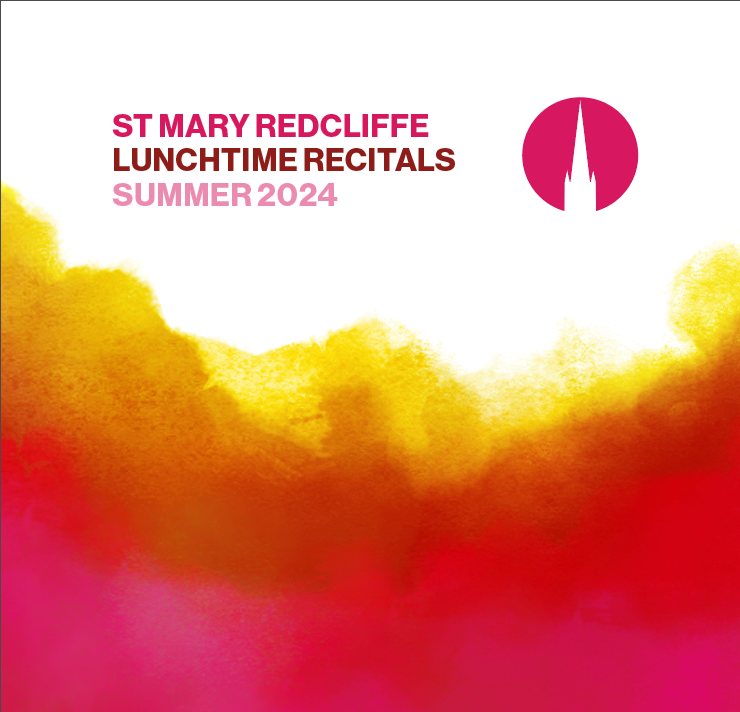Bellringing news
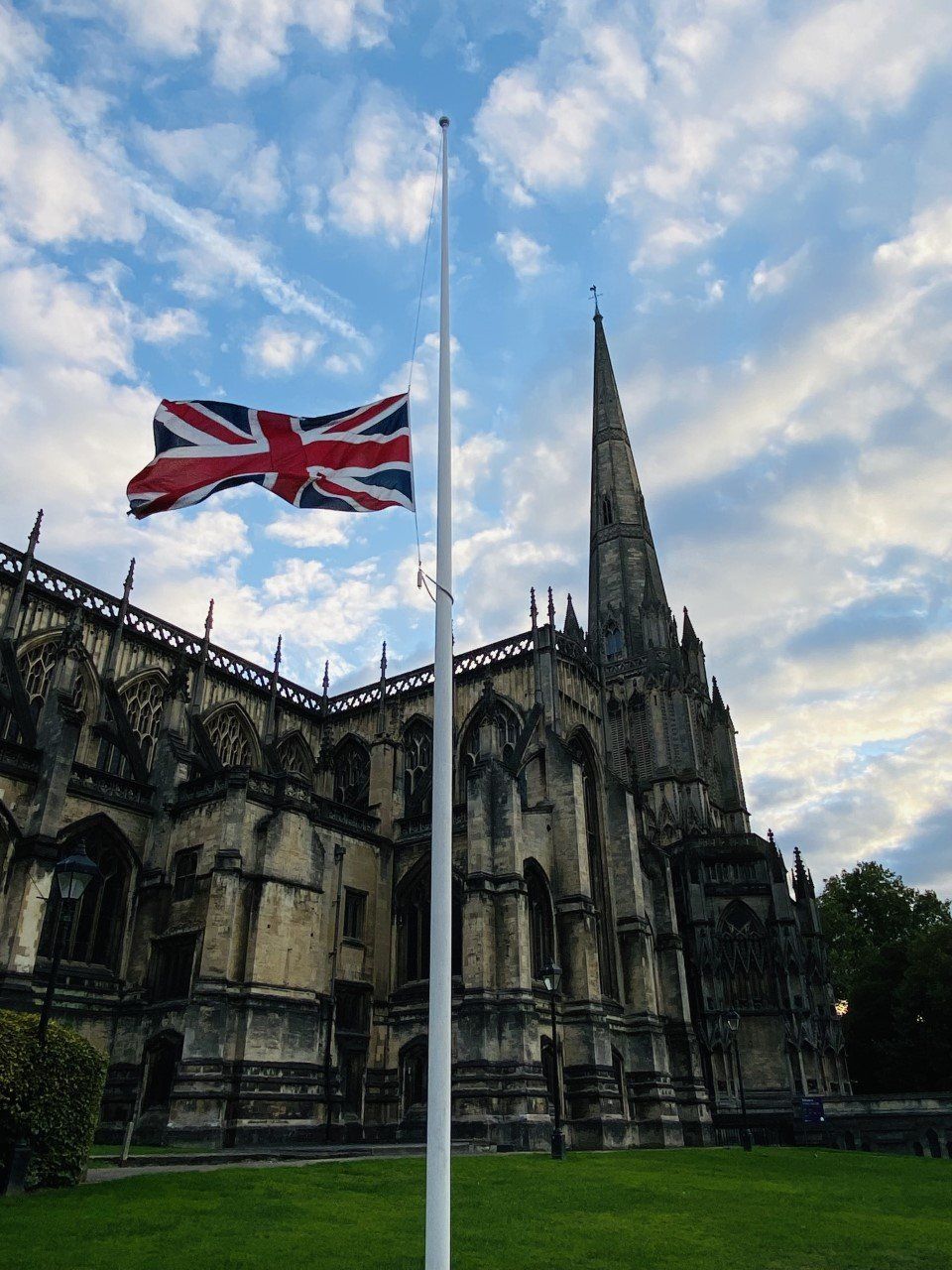
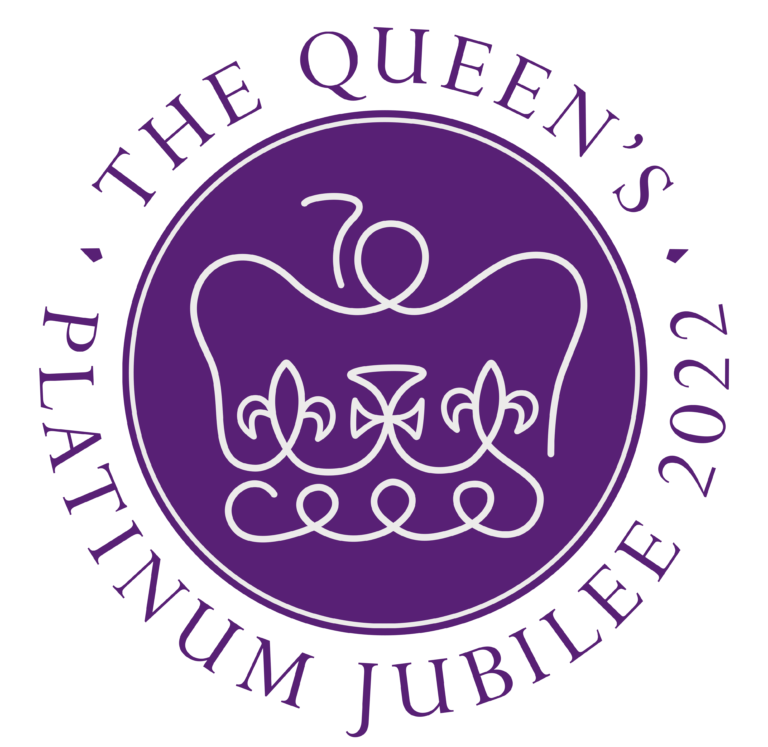
Bellringing at St Mary Redcliffe
A tradition dating back centuries
The bells of St Mary Redcliffe church are renowned for being one of the finest rings of twelve bells in the country. They are the fifth heaviest ring after Liverpool Cathedral, Exeter Cathedral, St Paul’s Cathedral in London and York Minster. They are also the heaviest set of change ringing bells in a parish church.
Like most churches and cathedrals in the UK (and some overseas), the bells at St Mary Redcliffe are hung for full-circle change ringing, which is an English tradition dating back centuries. This allows ringers to vary the speed and change the order in which the bells sound.
Every bell is connected to a wheel from which a rope drops into the ringing chamber below. Twelve people (one per bell) are required to swing their bells through 360 degrees starting with each bell in the mouth-up position (upside down). As each bell completes one revolution the clapper strikes the inside of the bell causing it to sound. The ringers must then swing their bells back to the starting position where they again sound.
Further skill and expertise is needed by each ringer to make their bell sound in conjunction with the other bells so that a rhythmical variation in their striking sequence is heard.
If you'd like to get involved with bellringing at Art Mary Redcliffe, fill out our contact form via the button below.
Bell music
Bell ringing music is like no other. It is not written on a standard score, but centres on mathematical permutations and starts with ringing in rounds down the scale from the highest to lowest note (bells 1 through to 12) before the conductor instructs the start of a tune, which is known as a method.
Method (or change) ringing is where each bell must only strike once in each sequence, but its order of striking in successive changes can only change by one place. The ringers learn the rules for generating each change, usually by the path that their bell takes through each change and is performed entirely from memory. Change ringing is practised worldwide, but it is by far most common on church bells in English churches and cathedrals, where it first developed.
Another common form of bell music is “call changes”, where the ringers are instructed how to generate each new change by calls from a conductor.
Both create a form of bell music which is continually changing, but which cannot be discerned as a conventional melody or tune.
Why do we ring the bells?
The bells at St Mary Redcliffe are primarily rung to call people to worship, to celebrate weddings and special occasions (such as a Royal birth), Royal obituaries and sometimes for funerals. Before modern communications, the bells were rung to call the community together. During the second World War, all church bells were silenced and only rung to warn of invasion. When the war ended the bells were rung out in celebration.
Bell ringing is a hobby and those who participate do so because it is good fun, sociable, challenging and good exercise for the mind and body. It is common for ringers to travel to other churches and cathedrals up and down the country to ring their bells and this includes visitors to Redcliffe - usually on a Saturday morning.
For many ringers, the ultimate goal of change ringing is to ring all of the possible permutations (ring the bells in every possible order without repeating). This is known as an extent. The feasibility of this depends on how many bells are involved. Since an extent would take over thirty years to complete on the bells at Redcliffe, ringers undertake shorter performances known as “peals’ (or full peals).
A peal is the ringers’ equivalent of a marathon, requiring concentration and stamina. It is a ‘gold standard’ ringing performance during which the bells are rung continuously in over 5,000 different sequences. Such ringing starts and ends with rounds, having meanwhile visited only a subset of the available permutations.
At Redcliffe, a peal usually takes about four hours to complete due to the size and weight of the bells. Peals at Redcliffe are restricted to six per year and they are usually rung between 10am and 3pm on a Saturday or Bank Holiday Monday. The local band participate in one peal and the rest are performed by visiting bands.
Many bell ringers also enjoy ringing quarter peals, which are set performances consisting of around 1,250 unique/unrepeated changes. Like peals, quarter peals have the same rules but amount to only a quarter of the time and number of changes as a peal and usually takes about an hour to complete at Redcliffe.
Bell ringing has a competitive element with striking competitions being held all over the UK. Many teams take part and the evenness and quality of the ringing is judged. There are local county/branch competitions within the Gloucester and Bristol Diocese as well as a National Twelve Bell Striking Contest; Redcliffe has been chosen as the venue for one of the three eliminators in March 2019.
We always welcome visitors at St Mary Redcliffe. Whether you are a ringer or just interested in what goes on up in the bell tower, please get in touch with the parish office.
Details of the Bells
Church bells are the largest and loudest musical instrument. There have been bells in the tower since the 15th century. Most of the present ring were cast in 1903 by John Taylor & Co of Loughborough to replace an older ring of twelve.
Three of the older bells were kept; two of these were cast by Thomas Bilbie of Chew Stoke in 1763 and the other by Roger Purdue in 1622, which is the oldest bell in the tower. It is interesting to note that this bell was being rung at the time of the Great Plague, the Great Fire of London and the English Civil War.
The lightest bell weighs 6 cwt (hundredweight) and the heaviest (known as the "tenor") weighs 50 cwt, which equates to two-and-a-half tons and is the largest bell to be hung in a parish church for full-circle ringing.
Since the current ring of twelve was installed, two more bells have been added so that a true diatonic scale can be rung without using the heavier bells. This is useful for teaching purposes and on some occasions when only a few ringers are available.
In 2012, the 8th bell was replaced with a new bell cast by Taylor’s at The Loughborough Bell Foundry . The old 8th, with it’s dud sound, is now fixed (or hung dead) above the ring and is often chimed for weekday services from St John's Chapel at the base of the tower.
Clock chimes
Many churches, including Redcliffe, have a clock and the bells sound the time during the day. This is an automatic system and is disabled throughout the night.
The mechanism uses five bells from the main ring to sound the world famous Westminster Chimes, which are also known as The Cambridge Quarters from its place of origin (Great St Mary’s church, Cambridge).
Bells 3, 4, 5 and 8 sound each quarter hour and bell 12 (the tenor and lowest note bell) sounds the number of each hour.
The St Mary Redcliffe Guild of Ringers
The St Mary Redcliffe Guild of Ringers was founded in 1950 and was formed to foster the spirit of fellowship amongst the ringers, in order that they shall ring the bells for Sunday services, special occasions and practices.
At present, the Guild has approximately 40 members from all walks of life, ranging from 18 to 85 years old. If anyone is interested in learning to ring (it takes a few months to learn to handle a bell) please get in touch.
The Guild ensures that the bells are rung for services, weddings and other special occasions. To enable the ringers to produce a more even and pleasant sound on a Sunday, much practice is needed and Thursday evening is set aside for this purpose.
Visiting ringers are always welcome. However, it is useful if they contact us in advance because some ringing is pre-arranged.
When are the bells rung?
Each week the bells are usually rung for three services every Sunday - usually from 8:35am to 9:20am, then 10:05am to 10:25am and again between 4:45pm and 5:25pm (though some service times differ throughout the year). On the fourth Sunday of each month, the guild attempt a quarter peal starting at the slightly earlier time of 4:15pm.
The ringers have a weekly practice session every Thursday from 7-9pm.
Ringing for weddings usually lasts for around half an hour and is often on Saturdays (though can be on the occasional weekday).
During each session, the bells are normally rung in bursts (known as touches) lasting approximately 10-15 minutes with short gaps between each one.
We sometimes have visiting bands ring for about an hour and this is usually on a Saturday morning not earlier than 10am.
St Mary Redcliffe church allows six “full peal” attempts each year. These are in high demand since the opportunity to attempt a peal on the bells here is sought after by many bell ringers from around the UK.
Peals are usually rung between 10am and 3pm on a Saturday or Bank Holiday Monday and take about four hours to complete. Owing to the difficult nature of peals, ringing might not last the full length of time if concentration is lost. The rules do not permit ringers to stop and then continue where they left off - hence they are known as attempts.
Bell ringing schedule
The calendar below provides details of planned bell ringing times and is updated regularly. It includes service ringing, practices and additional ringing by visiting bands - including full peals attempts.
27
28
29
30
7pm Practice
31
1
2
8:35am Service ringing | Matins
10:05am Service ringing | Eucharist
4pm Service ringing | Evensong
Show all
3
4
5
6
7pm Practice
7
8
9
10
11
12
13
7pm Practice
14
15
16
17
18
19
20
21
22
23
8:35am Service ringing | Matins
10:05am Service ringing | Eucharist
4pm Service ringing | Evensong
Show all
24
25
26
27
7pm Practice
28
29
30
8:35am Service ringing | Matins
10:05am Service ringing | Eucharist
4pm Service ringing | Evensong
Show all
Bellringing blog


